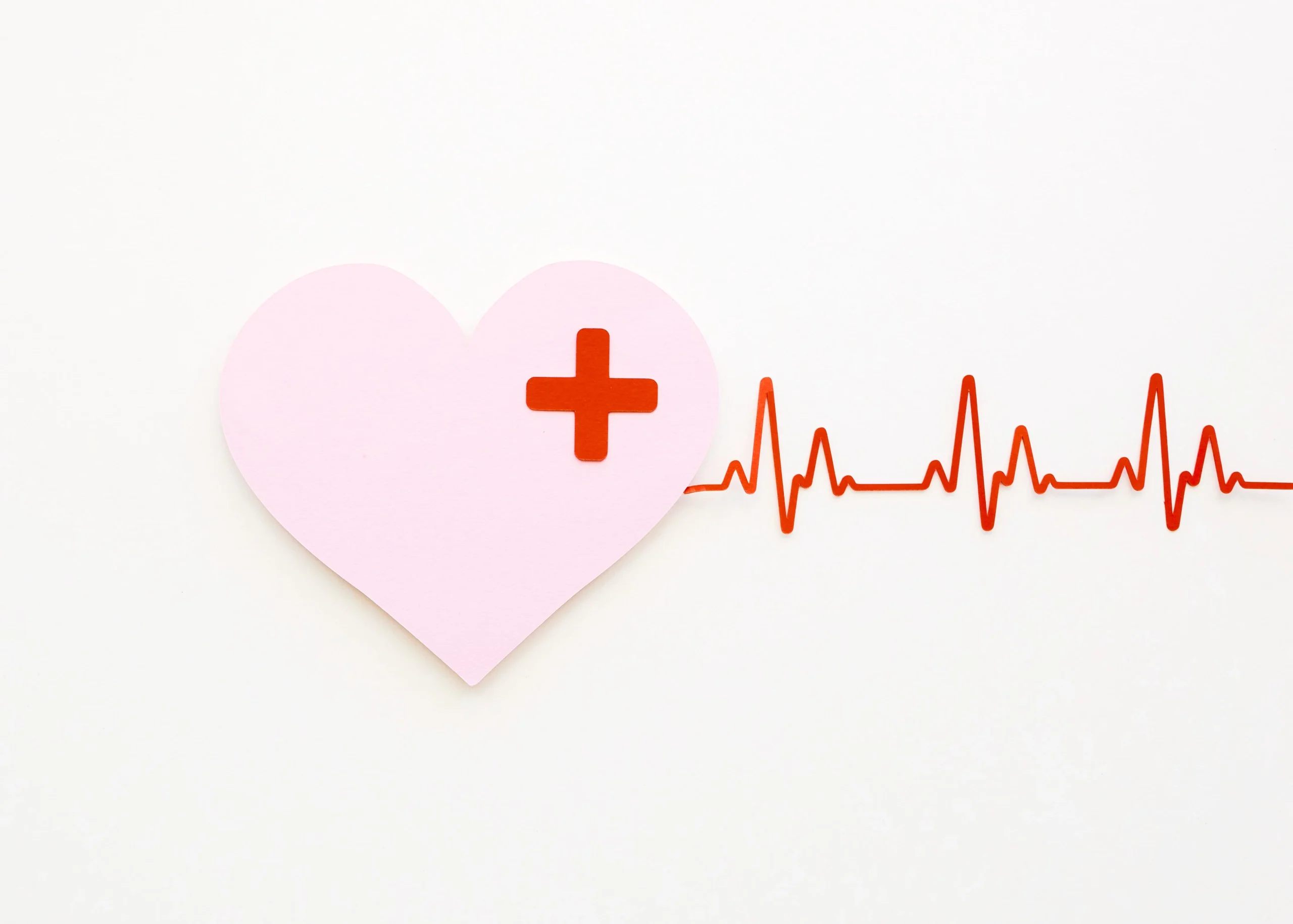
A permanent pacemaker is a small device that is placed inside the chest to help manage slow or irregular heartbeats. It helps normalize electrical signals to keep the heart beat within normal range.
ICD helps to detect very fast heart rhythms. It required, it sends a strong shock to reset the heart to prevent a cardiac arrest. ICD or Implantable Cardioverter-Defibrillator is a sophisticated cardiac device.
Most of the modern ICDs can deliver some function of the pacemaker by helping to manage slow heart rhythm and also controls very fast heart rate.
Patients with bradycardia or slow heart rate, heart block or irregular cardiac rhythms that may also cause fatigue, dizziness and even fainting may require pacemaker as per doctor’s advice.
People with high risk of sudden heart attack or cardiac arrest need ICD. People who had heart attack/s in past, chances of heart failure or inherited cardiac conditions needs ICD.
Both of these devices are implanted under the skin near the collarbone. It is connected to heart through leads or wires. It will be performed under general or local anaesthesia depending on the various conditions.
The risks are usual like any procedure and implant, it includes infections, displacement of the lead, battery in this case, device functioning issues. But these are not common, the devices are sophisticated and most people live a regular active life post implanting cardiac pacemaker or ICD.